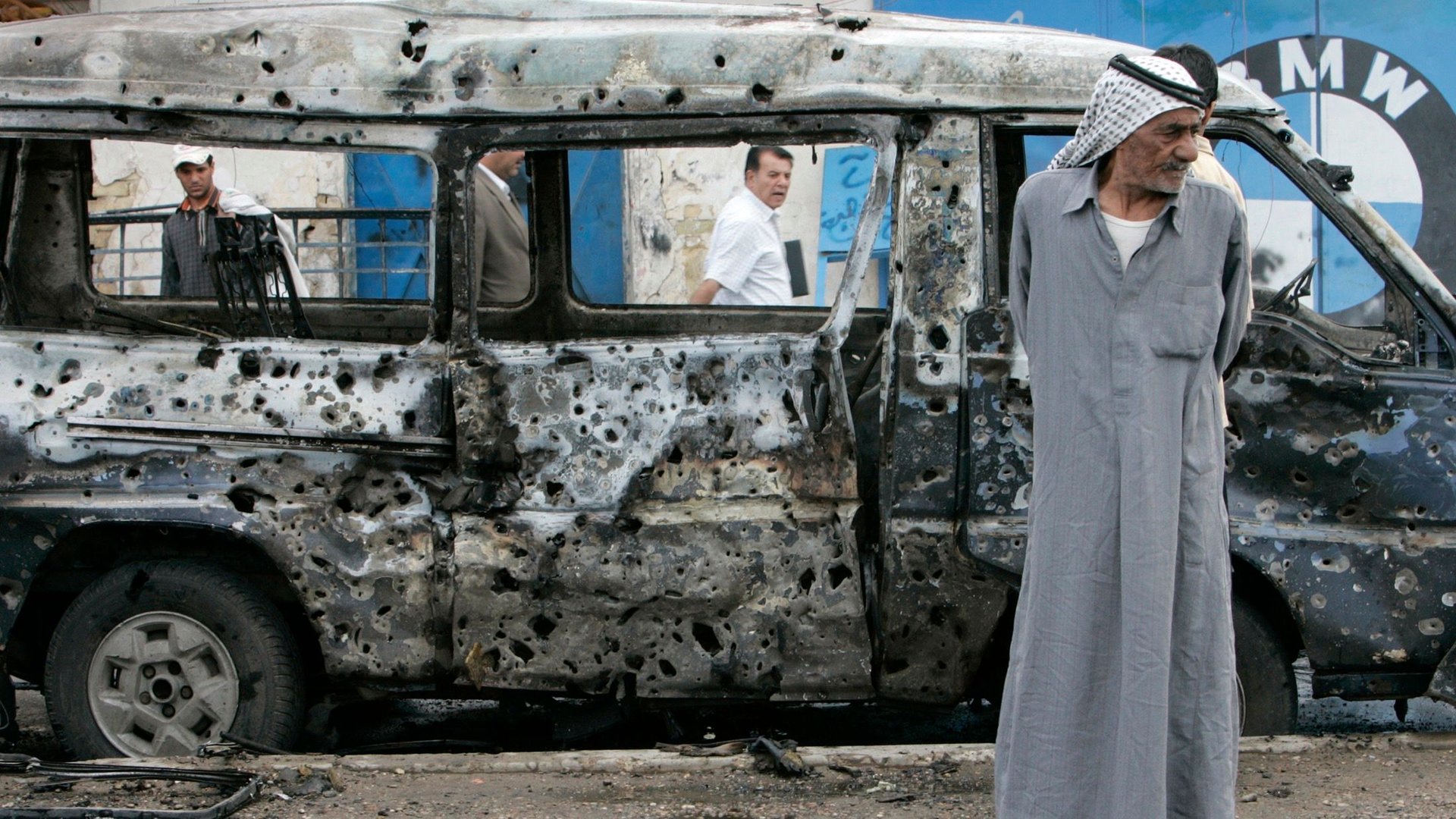New data shows terror attacks are becoming less frequent and much less deadly
New data shows the world is becoming safer, at least by one measure.


New data shows the world is becoming safer, at least by one measure.
The latest update of the Global Terrorism Database, compiled by the University of Maryland and published Wednesday (Aug. 1), shows terrorism has retreated for the third consecutive year.
Attacks around the world dropped from about 17,000 in 2014 to about 11,000 in 2017. The number of fatal victims fell by almost half in the same period. But as the chart shows, the total number of attacks last year was still considerably higher than in the 1990s and 2000s.
Though ISIL remained the most active terrorist group in 2017, it committed 10% fewer attacks, and caused 40% fewer deaths compared to 2016.
The terror group reached its peak around 2014, when it made advances in the Middle East, conquering the cities of Raqqa, Syria and Mosul, Iraq. It also took credit for a series of deadly attacks in Europe and beyond. Since then it has lost much of its territory.
Despite an improvement at the global level, some specific countries registered more terrorism than before. In the US, the number of lethal attacks almost tripled, with the deadliest case being the Las Vegas shooting in October.
The Global Terrorism Database counts cases where violence is used by non-state actors to achieve political, economic, religious, or social goals through fear and coercion.
By that definition, the database includes cases of ideologically-motivated attacks like the Charleston shooting in 2015, but does not include equally horrific but not politically-driven attacks like the Aurora shooting in 2012.